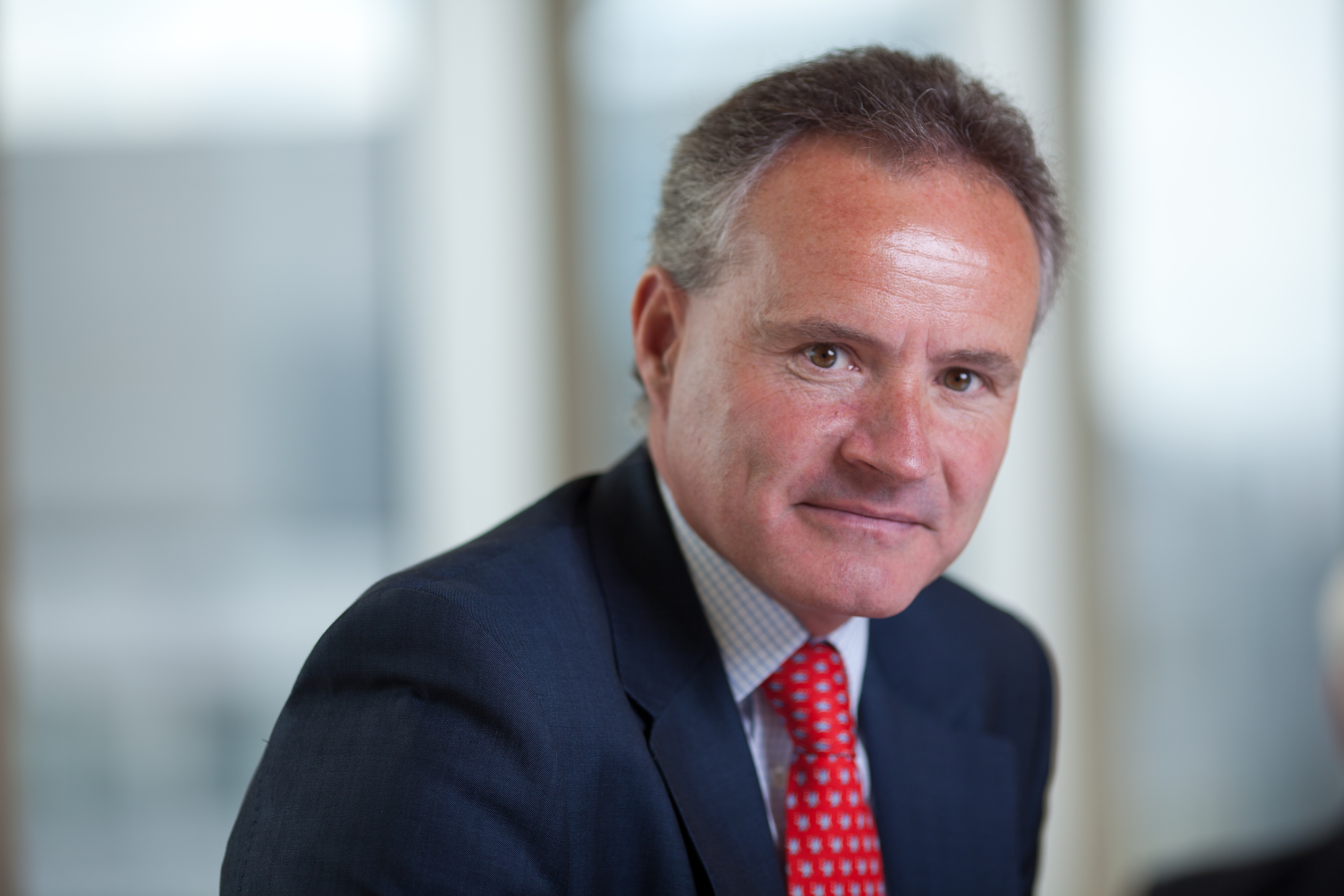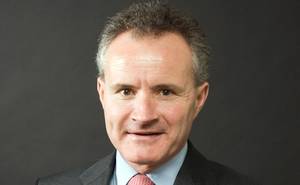Thanks to advances in medical care and nutrition, we are all living longer and healthier lives, challenging previously assumed notions of what constitutes a ‘natural lifespan’.
While this pattern of growing life expectancy is encouraging, a combination of improved healthcare and the long-term effects of the post-war baby boom has contributed to a greater number of people reaching advanced age. Fertility rates are also falling, resulting in a rise in the average age of the world’s population. As this global demographic shift progresses, it is creating some unique challenges – and long-term opportunities – for the pharmaceuticals industry.
We have been arguing since 2010 that the pharmaceuticals sector in Europe is undervalued, given its growth profile and misguided negative sentiment towards a so-called ‘patent cliff’. While it may be true that the ‘low hanging fruit’ era of the drug development market has passed, there is plenty of room for improvement in existing treatments and more targeted therapies that will be part of the next evolution of patient care. As with most things in life, new drug development is cyclical, and the number of treatments in the pipeline has been slowly but steadily trending upwards since 2007. Moreover, the global market for medicines is increasing, with conditions such as arthritis, diabetes and cancer more prevalent in the elderly.

Source: Henderson Global Investors, BofA Merrill Lynch Global Research, a 30 de abril de 2013
Research from the Survey of Health Ageing and Retirement in Europe found that more than two-thirds of people over 50 in Europe have at least one chronic health complaint. In the US, according to the Centers for Disease Control and Prevention (CDC), nearly half of American adults over 65 have more than one long-term persistent health issue, from cardiovascular disease to diabetes or hypertension.
European pharmaceuticals are at the forefront of treating chronic illnesses such as diabetes, a growing pandemic that affects over 60 million people in the region and over 350 million worldwide. To give some indication of the sums spent on treating this condition, the US spends over $10,000 annually on treating each patient with diabetes. Medicines such as Lantus and NovoRapid, created by Sanofi, the French pharmaceutical company, and Novo Nordisk (Danish) respectively, are leading medical products in the field.
Expenditure on Diabetes Treatments

Healthcare expenditure varies from country to country, but the amount spent globally is rising, as a percentage of gross domestic product, with total expenditure reaching US$6.5 trillion a year in 2010, according to the World Health Organisation. European pharmaceuticals are well positioned to help combat the evolution of diseases in the developing world, which are increasingly matching those in more advanced countries. Countries such as China, for example, are facing their own age-related timebomb, a consequence of Chairman Mao’s one-child policy, created in 1979. One third of the population is expected to be over 60 within 40 years.

Source: WHO Global Health Expenditure Atlas, 2012
Encouragingly, pharmaceutical firms have taken appropriate steps to reduce their reliance on blockbuster drugs. Approximately 44% of revenues for European pharmaceuticals come from a globally diversified range of revenue sources, such as consumer and animal health brands, vaccines, diagnostics, low-cost generics and the emerging markets. This is expected to rise beyond 50% by 2020.
Pharmaceuticals are also somewhat insulated against the wider economic woes that persist in Europe and elsewhere. While it is possible for consumers to cut back on their discretionary spending, such as holidays or eating out, most people place more value on their health. In 2010, older US consumers averaged out-of-pocket healthcare expenditures of $4,843, an increase of 49% since 2000. Even in the context of government spending constraints, it is reasonable to assume that support for healthcare spending will remain intact. In the UK, it is unlikely that any of the political parties would countenance a cut in the NHS budget with an election only two years away. An ageing population means more voters over 65, who will be anxious to protect or augment state provision for age-related healthcare.
Right now, we believe that the pharmaceuticals industry in Europe is perhaps two or three years into a decade-long renaissance, with good long-term prospects for revenue growth from sustainable sources. The quest for better therapeutic approaches is never-ending and big pharmas have a significant role to play in how illness and disability is treated in the future.
John Bennett, portfolio manager of the Henderson European Selected Opportunities Fund


